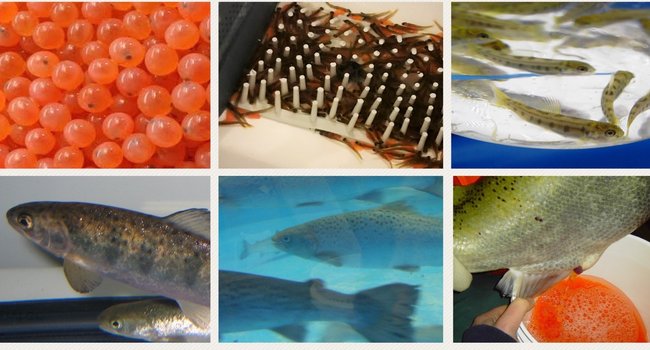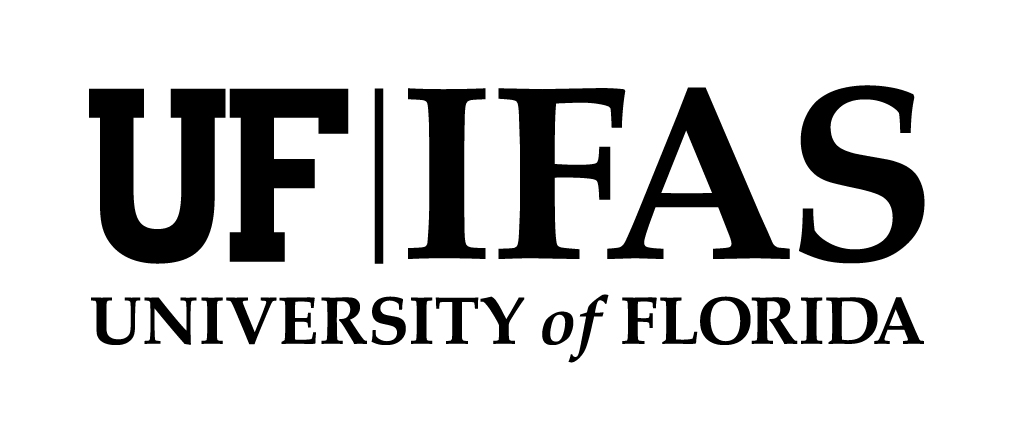North American Atlantic salmon (Salmo salar) is a key species within the Salmonid family, known for its socio-ecological significance. Breeding Insight collaborates on projects focusing on two vital salmonid species: rainbow trout and Atlantic salmon. Atlantic salmon inhabit the cold waters of the northern Atlantic Ocean and migrate to freshwater rivers to spawn, undergoing striking changes in color and appearance during this journey.
Renowned for its cultural importance and culinary versatility, salmon is featured in a wide variety of dishes worldwide.
The USDA-ARS National Cold Water Marine Aquaculture Center in Franklin, Maine uses genomic approaches to improve the efficiency of Atlantic salmon aquaculture in the laboratory of Dr. Samuel May. Their work focuses on improving breeding programs to support the long-term success of salmon farming, ensuring both environmental and economic benefits.






